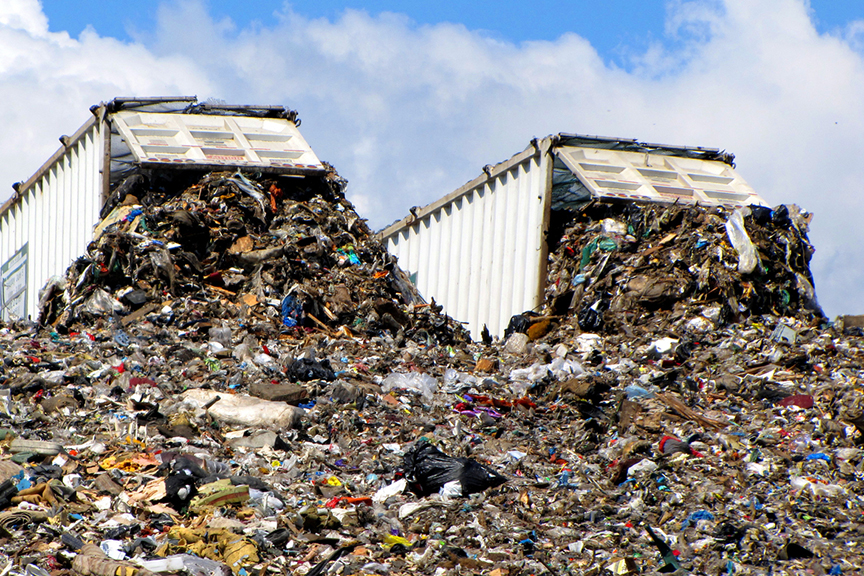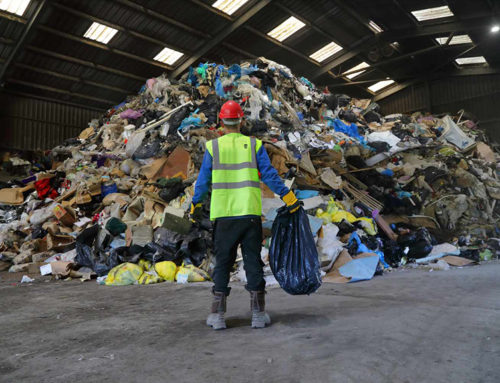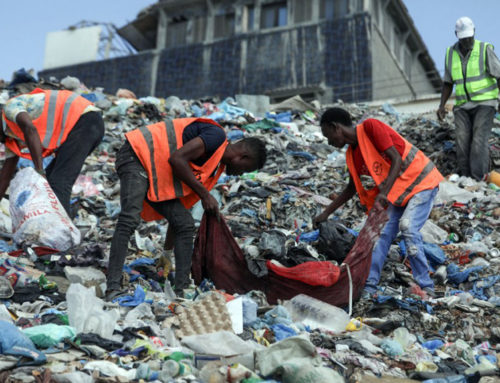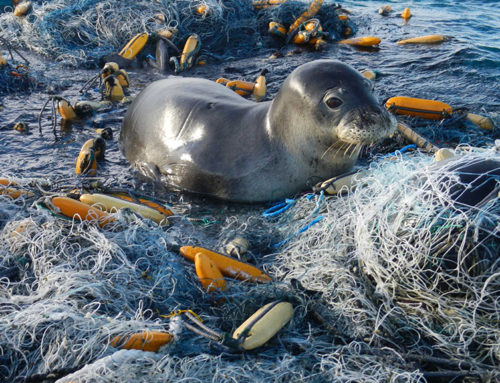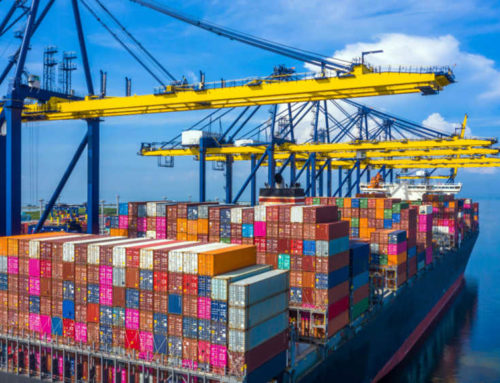The United States faces a monumental challenge – an ever-growing waste crisis that threatens our environment, health, and climate. Our consumption-driven society disposes of an astonishing amount of resources into landfills, incinerators, and the natural world. This pattern results in the squandering of valuable resources, pollution, and massive costs to society. The burden of these costs falls upon society, while producers and consumers evade responsibility. It’s time for zero-waste. It’s time for change.
The Scale of the Problem
America’s trash problem is staggering. Despite being home to only 4% of the world’s population, the U.S. produces over 12% of the planet’s waste. In 2018 alone, we discarded a mind-boggling 292 million tons of municipal solid waste (MSW), which includes materials from homes, businesses, and institutions. On a daily basis, every American throws away 4.9 pounds of trash, equivalent to nearly 1,800 pounds each year. Shockingly, 62% of this waste ends up in landfills or incinerators.
But the problem goes beyond what meets the eye. Our trash has a hidden cost – the immense waste generated during the production of goods, including mining and manufacturing. These processes yield even more waste, often hazardous, and compound the environmental challenges we face.
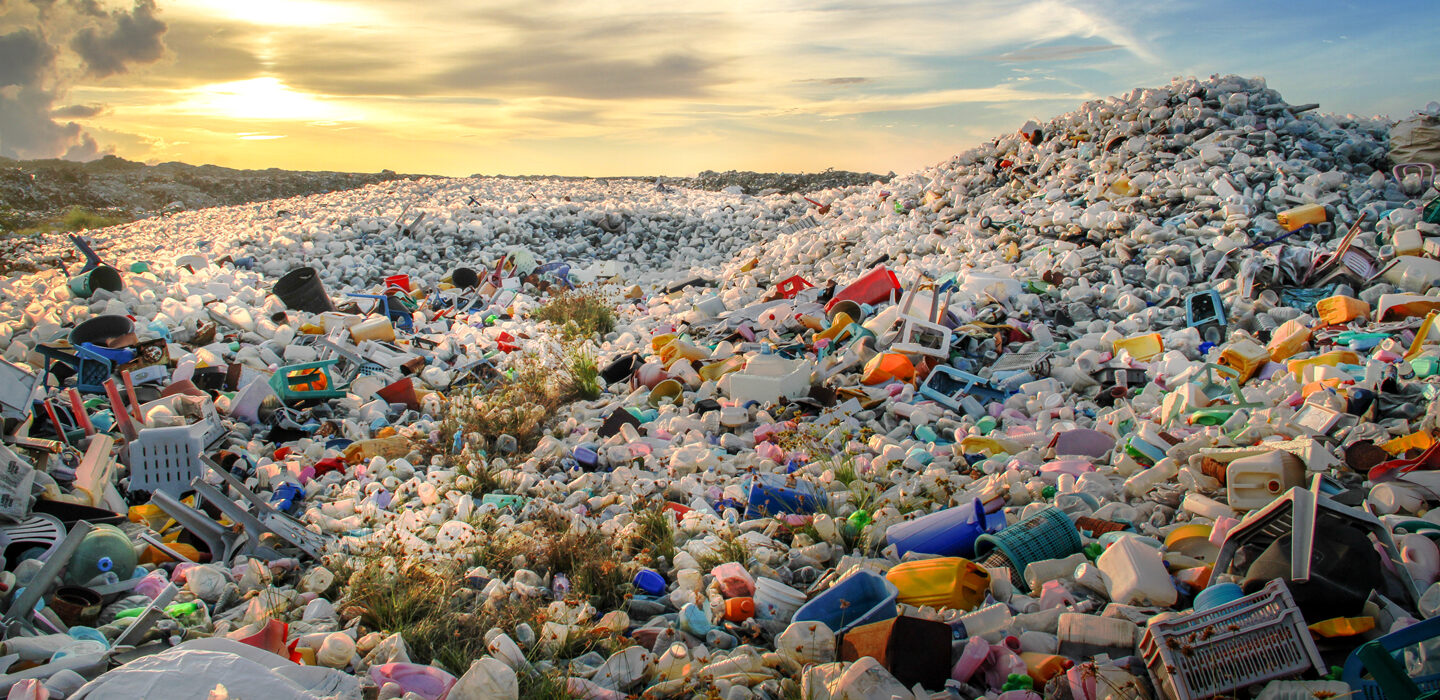
America’s Linear Material Economy
Our linear material economy, characterized by resource extraction, production, and disposal, exacts a heavy toll on the environment. Approximately 42% of all U.S. greenhouse gas emissions are linked to this linear system, spanning resource extraction, production, waste disposal, and transportation.
The linear model also results in dire consequences such as air pollution from incinerators, heavy metals leaching into the environment from landfills, and ocean pollution due to plastic waste. Moreover, the linear economy contributes to the loss of natural resources, with massive areas of cropland dedicated to producing food that ultimately goes to waste.
The Roots of the Problem
This wasteful system lacks incentives for sustainability. Producers have little motivation to create durable, repairable, or eco-friendly products, as it is often more profitable to manufacture goods designed for single or short-term use. This culture of disposability extends to packaging, plastic bags, and various single-use items.
Additionally, key players in the waste system, including producers, distributors, and waste haulers, have a vested interest in maintaining the status quo, resisting change through lobbying efforts.
A Vision for Zero Waste
A zero-waste economy is both a possibility and a necessity. A significant portion of America’s trash is compostable and recyclable, including food waste, yard trimmings, paper, metals, glass, and plastics. Recycling technology has advanced, and many materials are readily recyclable, even though challenges persist with certain types of plastics.
Around the country, states and cities are taking steps toward zero waste. Some have banned single-use plastic bags and polystyrene containers, while others have prohibited recyclables from ending up in landfills.
Pathways to Zero Waste
Achieving zero waste requires a multifaceted approach:
- Setting ambitious zero-waste goals.
- Holding producers accountable for the entire lifecycle of their products.
- Implementing true cost pricing to account for environmental impacts.
- Promoting recycling and composting through accessible and cost-effective means.
- Encouraging the production of durable and repairable products.
- Banning the sale of single-use items that are challenging to recycle or compost.
- Investing in recycling and composting facilities.
- Requiring the use of recycled and reused materials.
- Ensuring safe disposal of remaining waste.
- Opposing the construction and expansion of landfills, incinerators, and plastic-to-fuel facilities marketed as “chemical recycling.”
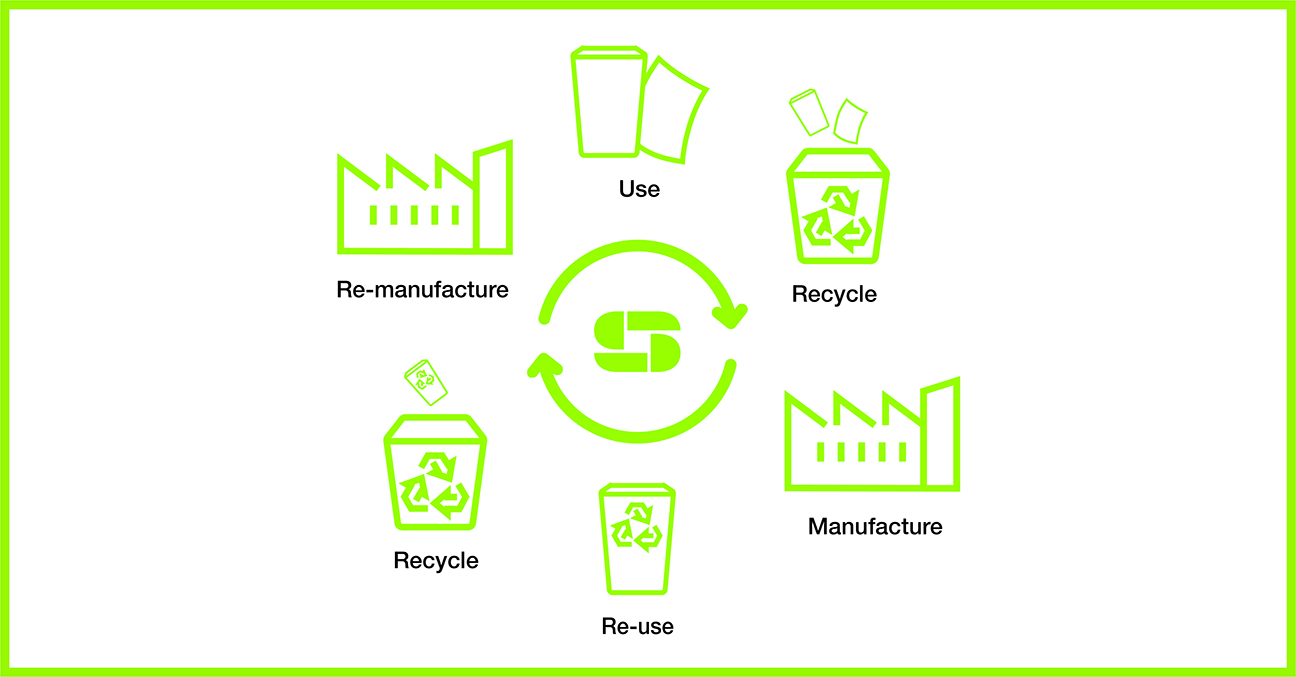
A Circular Future Beckons
The United States has the tools to shift away from a wasteful, polluting, and costly linear system. By embracing a circular material economy focused on zero waste, we can preserve natural resources, limit pollution, and combat climate change. To make this transition a reality, it’s imperative that we take decisive actions at the local, state, and national levels. A zero-waste future is not just a possibility; it’s an urgent necessity.

